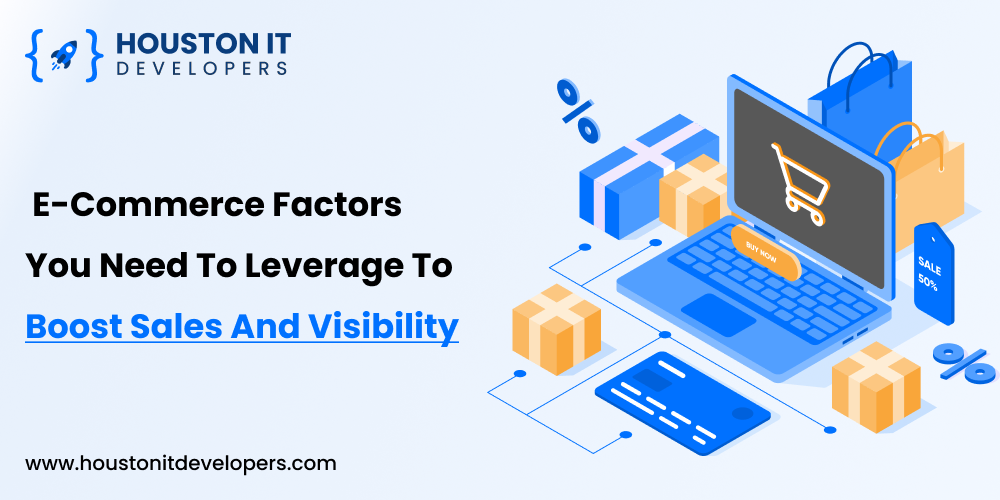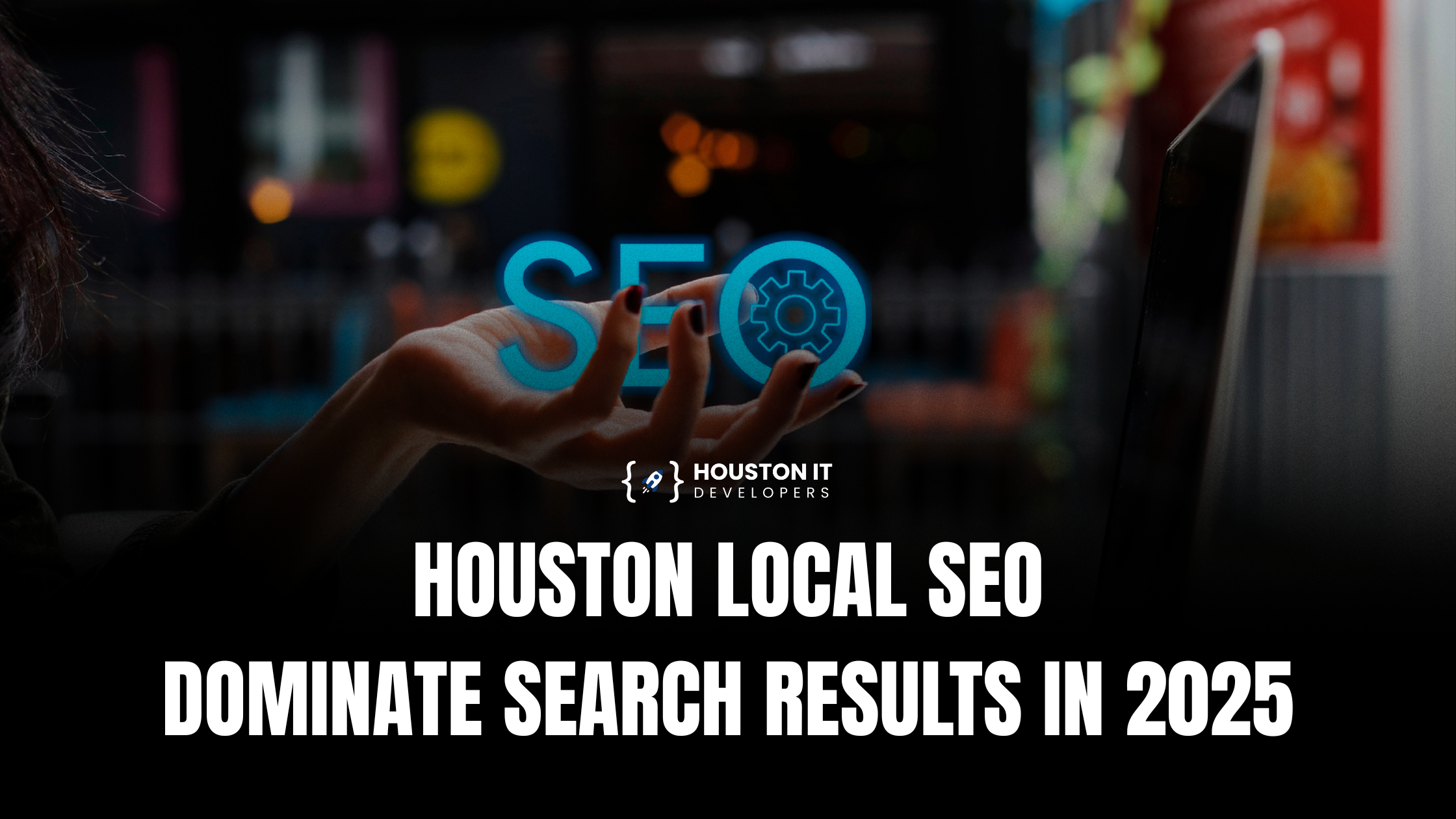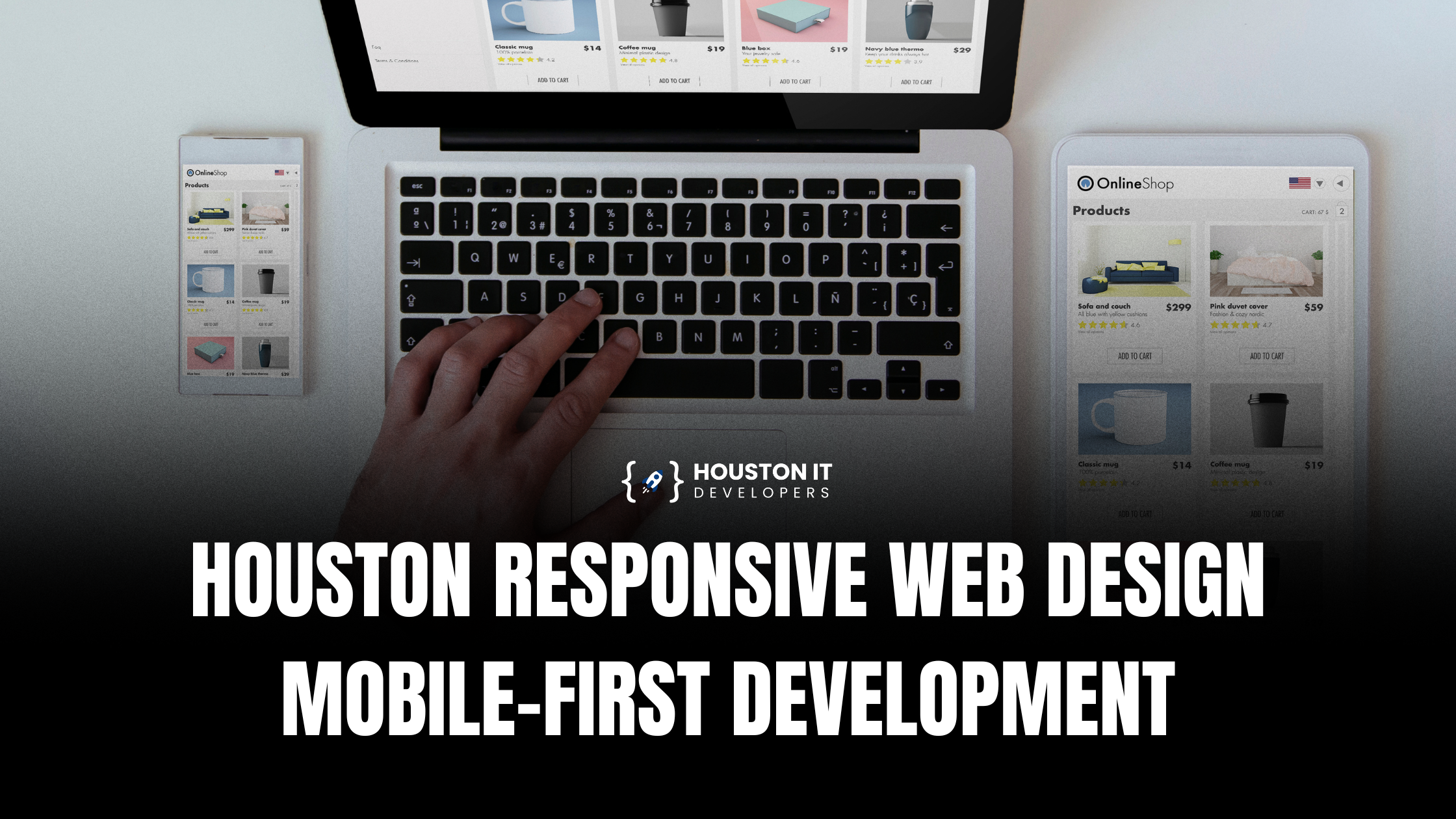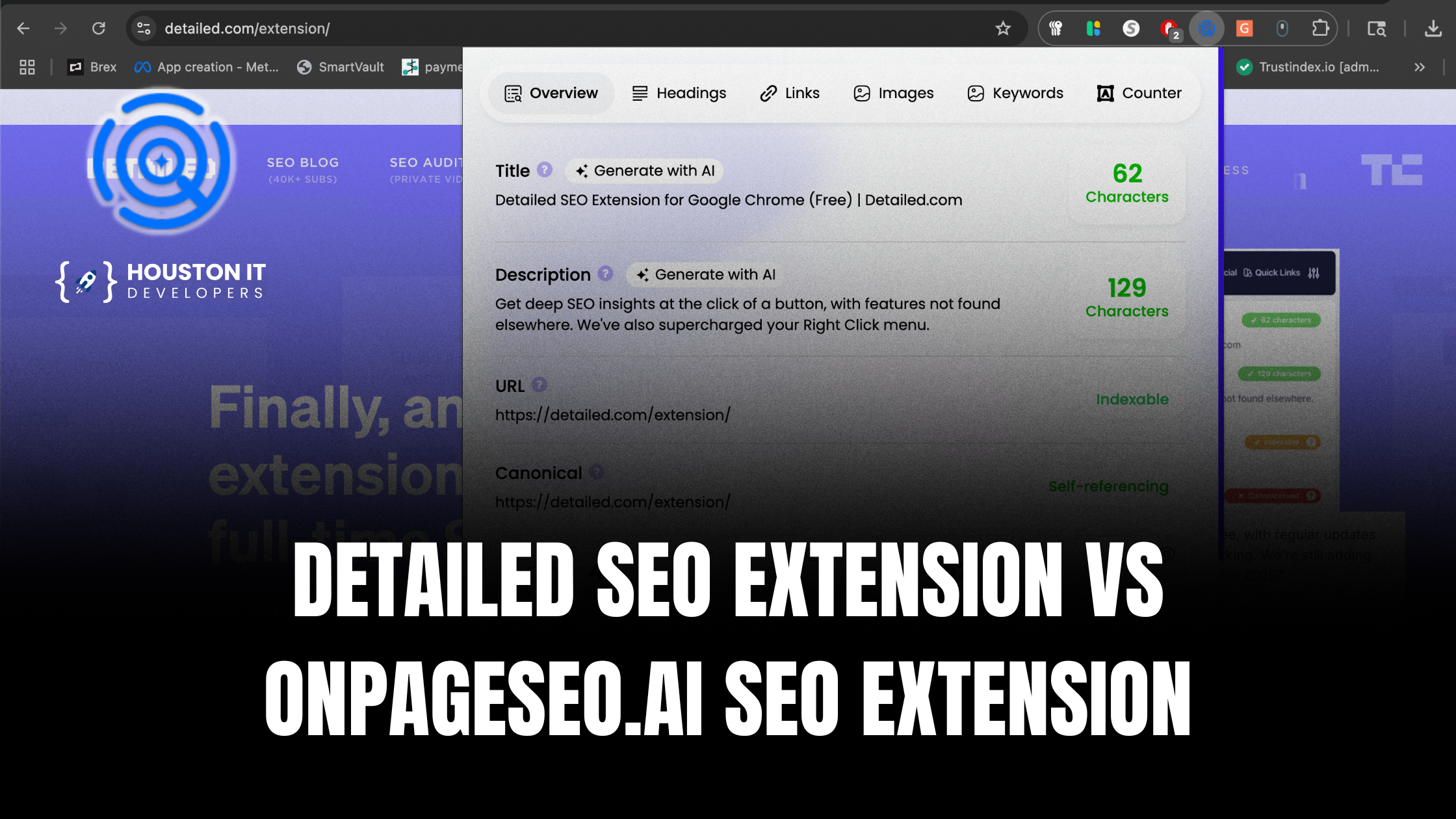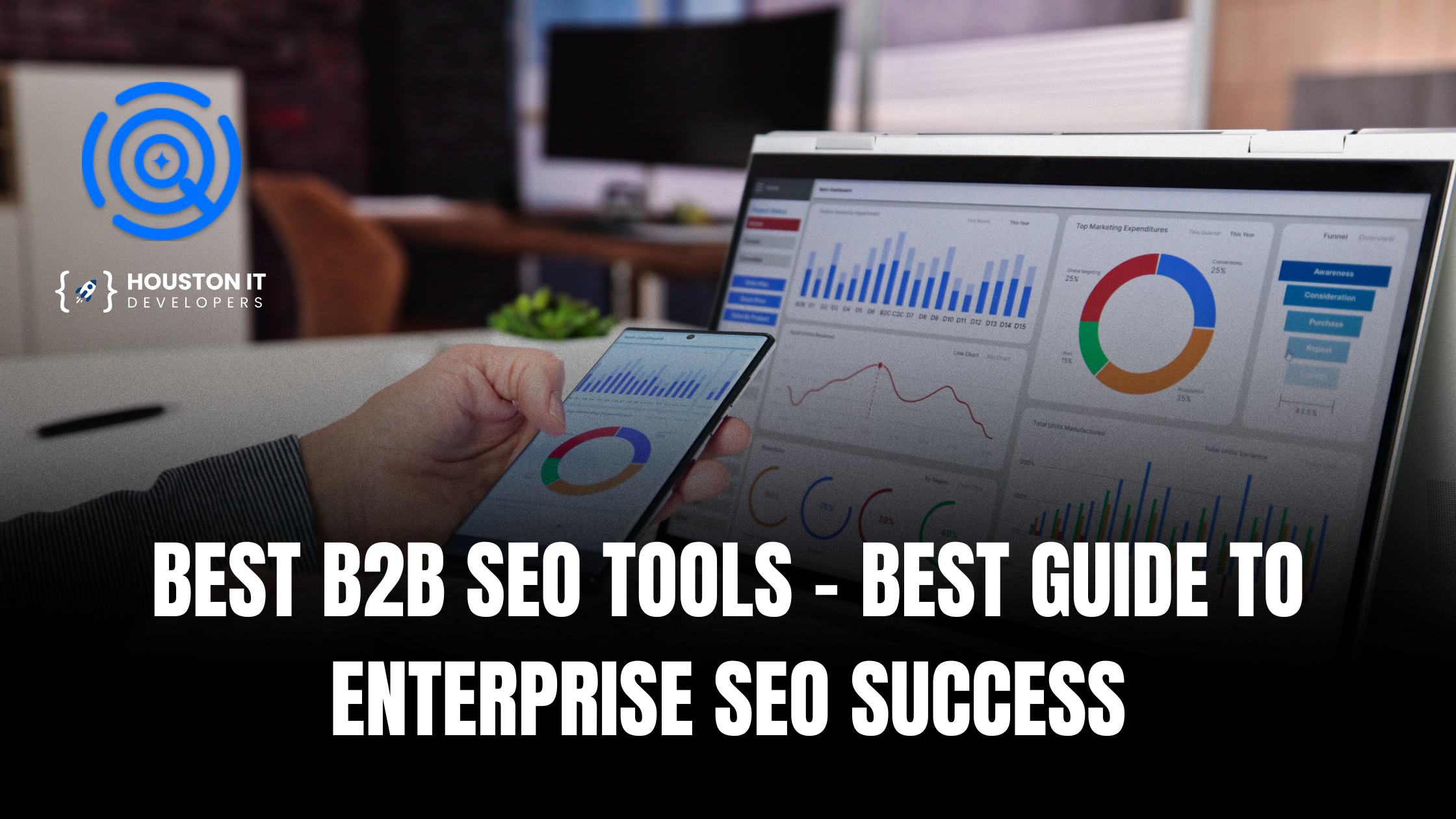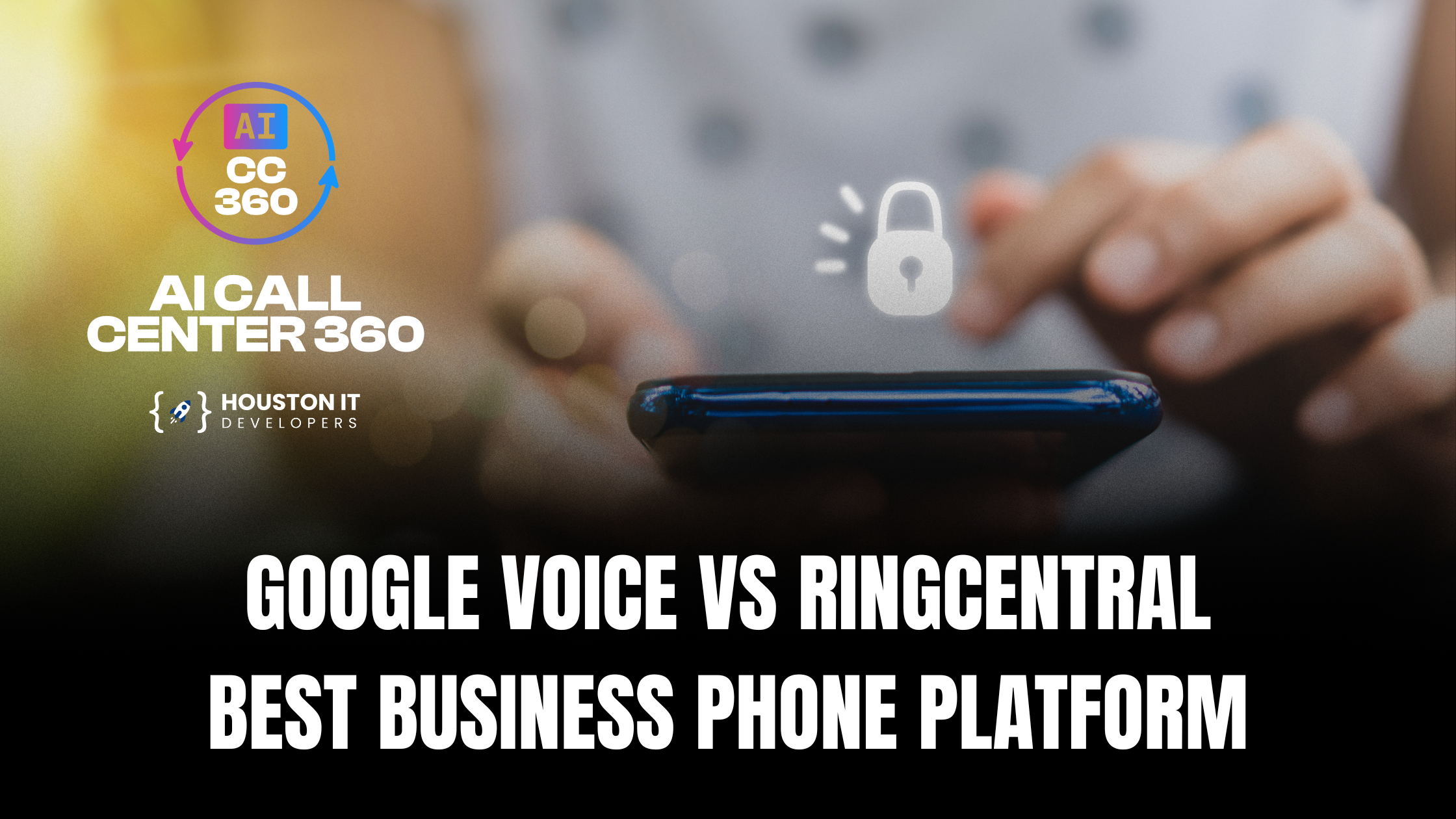We are in the e-commerce development business and we often get clients approaching us with problems with their online store and telling us to build a new one or redesign their website after they have tried everything possible to boost sales.
We are in the e-commerce developmentbusiness and we often get clients approaching us with problems with their online store and telling us to build a new one or redesign their websiteafter they have tried everything possible to boost sales.We tell them two crucial things.
-> Don’t design your website without a plan.
-> Don’t get lured by people who tell you they will build your store for free.
Why? Because the end result is a non-functional e-commerce site that does more harm than brings them sales. Another aspect where they fail is marketing their store to customers. It’s a mish-mash of everything from paid ads and SEO to organic results. When there is no focus, the results go haywire and what they are left with is disgruntled customers as well as a deep sense of resentment towards e-commerce development and marketing. To rub salt in the wounds, they hear stories of online businesses exceeding in sales and profit and they wonder where they have gone wrong. This is the story of 80% of the small businesses and startups.
Stars are born overnight, not brands. Any brand which is popular today has years of hard work behind it. And everyone has started from ground level to reach a point where their brand name is enough to sell any product. And no, they don’t rest here. They are constantly innovating and trying to please their customers.
Each has a different reason for not succeeding in e-commerce sales and visibility. Let’s not get there. But we’ll share with you some tips on how to leverage your e-commerce store to boost sales and visibility online.
1. Popups
Let your emails do their job. But wait, why not show some love to website visitors? Let’s treat them to some popups. Trigger them when you feel visitors have spent enough time on your website to know it better or when they are missing great deals. Let’s break down popups into 3 sections.
By type
Popups can take a full-screen format. Or a lightbox format. Or a floating bar. There are multiple formats to design popups and it depends on your goal and triggers.
By your marketing goals
Again you can create innumerable popups based on your marketing goals. Popups for registration, survey, login, information alert, page redirect, coupon code promotion, email opt-in, product recommendations, product upsell & cross-sell, giveaway, cart abandonment, countdown, and recent sales- these are all meant to keep your customers engaged and guide them to shop inside the e-commerce store.
By triggers or targets
When do you trigger the popup? Not at any random time to annoy the user, isn’t it? Popups are triggered based on user behavior to get maximum response from them. Exit-intent, scroll, time on page, page-based, location-based, cookie-based, inactivity reengagement, campaign schedule- display popups to the right segment of the website audience based on the content they’re viewing.
Personalize popups for website visitors to make them work.
2. Scarcity tactics
Why do sneakers sell for more than five times their original price in the grey market? Because they are released in limited quantities. There’s no novelty attached to anything in surplus. Why not use this tactic to get the sales clock ticking? If your product is available in limited supply or if an offer is for a limited period, your visitors will be compelled to buy. Why? They have come to your website searching for the item and it’s available for a reduced price only for a short time. They will buy it because the same item may not be available at a discounted rate in the future. Here are some ways to show a product scarcity on your e-commerce store-
- Flash sales
- Countdown timer for the reduced price of a product
- Display “Only a few items in stock” or “Only 1 left” on the product page
- Offer free shipping if they buy it within a few minutes or hours.
The scarcity tactic is so easy to implement. All you have to do is display a popup on the product page with the message. It can help you improve the click-through rate by 14%.
3. Upsell and cross-sell
- Upselling is 68% more affordable than acquiring new customers
- It increases your e-commerce store revenue by 10-30%
- It increases your e-commerce store revenue by 10-30%
And how do e-commerce stores benefit from upselling or cross-selling?
- By cross-selling, you offer customers a one-stop shopping experience and through upselling, you add value to the customers.
- It builds customer satisfaction and loyalty.
- You bundle low-selling or low-margin products in your stock for upselling and cross-selling. Simply put, it appeals to the psychology of the customer if you bundle products and offer them at a lower rate. It acts as an incentive to buy two products instead of one.
- This technique acts as a point of differentiation against your competitor.
Upselling and cross-selling is an effortless method to make the most of your existing customers and it is easier to plan and implement it at the time of e-commerce development.
4. E-commerce store optimization
Website SEO (search engine optimization) will increase the organic traffic to your e-commerce store. It is a way to manage ranking first on the Google search results page for a given keyword. The optimization process for your website starts from the e-commerce development stage itself where you take care of on-page SEO parameters such as-
- Insert keyword-rich and user-friendly content into your website
- Optimize images, title tag, meta description, and your website URL for search
- Increase the loading speed of your website
- Add responsive design to your website
- Use internal links on the pages
- Similarly, the off-page SEO techniques you have to aim for are-
- Create valuable backlinks
- Social media marketing
- Promote the website on the local listing, social bookmarking, and blog directory submission sites
- Post on forums and contribute as a guest author
- Use Google My Business
Digital marketing strategies reign supreme in 2022 and you can always rely on the power of paid ads and visual content to boost sales and visibility of your e-commerce store.
5. Show off reviews
Online reviews are one of the most valuable tools to boost sales and increase your store’s visibility. Around 95% of the customers read online reviews before making a buying decision. And star ratings matter more to shoppers than the number of reviews. About 72% of customers say they use Google reviews to find businesses.
How then do you leverage the reviews to boost sales of your e-commerce store?
- Use reviews on key pages of your e-commerce store. Use it on the home page and also on the product page and product collection page.
- Display them in your search engine ads. You can also earn Google Seller Ratings and improve your search engine visibility if you showcase reviews updated in real-time.
- Repost customer reviews on your social media channels.
- Incorporate them into your email marketing campaigns.
- If you have a physical store, use them in displays and signage near the product shelf.
And yes, don’t forget to prompt users to leave a review. Reach out to your loyal customers who have repeatedly bought from your website. Encourage them to leave reviews of not only the products but also their overall shopping experience on your site.
6. Provide excellent customer service
Providing great customer service for your e-commerce store can be a challenge given that you don’t have face-to-face contact with your customers. But you have to aim for customer delight and there are multiple ways to achieve it.
How to provide online customer support for your e-commerce store?
- Deliver real-time support through live chats. Use automated chatbots for general queries and connect to personal customer support when the query needs your personal attention.
- Integrate online self-service tools on your website during e-commerce development such as FAQs, how-to videos, user guides, online discussion forums, and knowledge-based resources such as blogs.
- Provide additional customer support on your website in the form of a Contact Us page, text message customer service, and toll-free numbers to call.
- Use pop-ups for onboarding and tooltips for educating customers about shopping on the site.
- Use social media channels to leverage customer service through quick replies to queries, reviews, and complaints.
- Ask for feedback from customers through online survey forms and popups. Know what your customers think about your brand, business, and products.
Listen actively to what your customers have to say and show empathy for their problems. Resolve it immediately and follow up after the problem has been solved. Good customer support on your e-commerce store pays back through increased customer satisfaction and sales.
7. Personalization
Keeping a loyal customer base is one way to boost sales of your e-commerce store. You have to continually nurture customers’ shopping experiences to make them happy and this is possible through personalization in each step of their journey- from discovery to purchase and to repeat purchase.
The foundation of any personalization strategy is data collection. It is vital to understand what data points to track, when to track, how to track, and how to analyze the collected data. Once you have this sorted, it is important to segment customers based on various parameters such as session time, frequency of visits, previous purchase history, behavior, device, traffic sources, demographic, and much more. Understand the customer segments and serve each with its deserved attention.
Here are some personalization strategies to implement in your e-commerce store-
- Onsite search queries through search results and product recommendations.
- Onsite product recommendations through product displays on category pages, upsells, cross-sells, cart, and checkout.
- Dynamic pricing strategy depending on customer type i.e. returning or first-time customers.
- On the checkout page through one-click checkout by tapping the location information.
- In emails through sales offers, special events, and product recommendations.
- Post-purchase through package tracking and product recommendations for return visits.
- Through push notifications for announcements and offers.
- Retargeted advertising on social media channels and Google.
During e-commerce development, set up your website such that certain user actions trigger a type of personalized response. For instance, when the user is about to leave the website without completing a purchase, display a popup reminding them of the items in the cart or use the cross-selling tactic to show related items. When customers are at your door, it’s your duty to treat them well so that they leave the site completely satisfied and personalization helps you to achieve it.
Bottom line
Strategies to boost sales starts from the e-commerce development stage itself and extend beyond into digital marketing and more. Follow the latest web design trends as a part of user-centric focus. We are here to help you to build an e-commerce website.Put into action the above-mentioned tactics and analyze how each works for your e-commerce store. Each website is unique and so are the customers. It takes a while to get to know your customers and serve them what they want. But once you get a hold of it, there will be no looking back and you’ll be generating sales day and night.
At Houston IT Developers, our e-commerce development process entails incorporating strategies to boost sales and increase your store revenues. Don’t go after agencies that sell websites for cheap or don’t have a plan for you. Instead, trust the one that tells you strategies to boost sales and revenue of your e-store. You’re welcome to one such trusted e-commerce development enterprise, Houston IT Developers.
